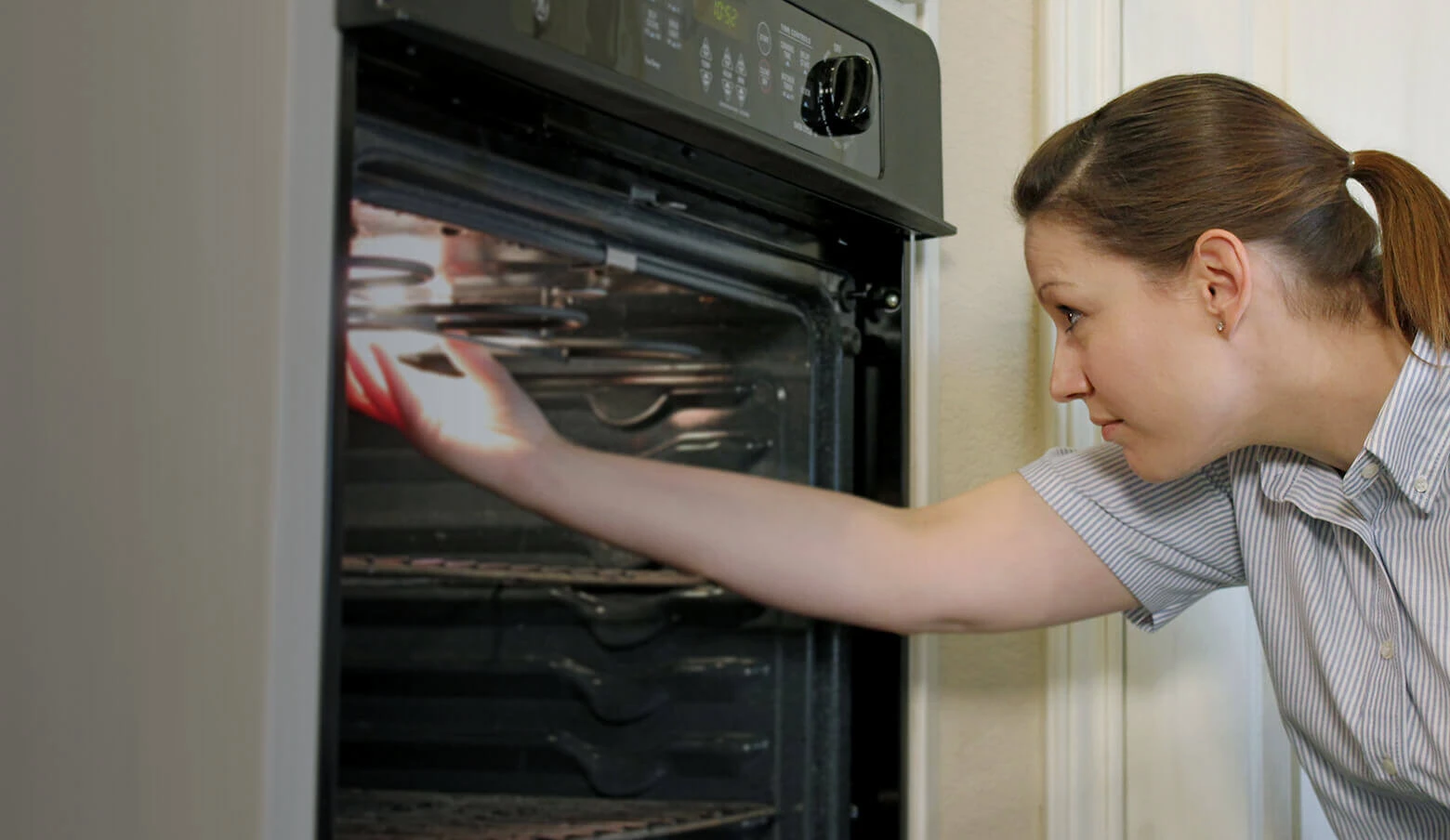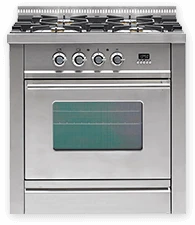The 5 Most Common Oven Issues to Watch Out For

Whether you’re cooking dinner for the family on a busy weeknight or planning a fancy home-cooked meal for this weekend’s dinner guests, you don’t have time for oven issues. Here are five of the most common oven issues to watch out for and the steps you can take to troubleshoot them yourself. If you have difficulty getting your oven back up and running, remember to leave trickier repairs to a qualified technician.
Oven Temperature is Incorrect
When you preheat the oven, it should maintain the temperature you set it to. If the readout displays a higher temperature than the one you set, or your food always seems to be overcooked, you need to recalibrate the temperature controls.
The instructions on how to calibrate your oven should be in the owner’s manual. It should instruct you on how to increase or decrease the temperature by up to 35 degrees. Usually, this involves simply pressing and holding specific buttons on your oven’s control pad according to the instructions in the manual.
Oven Won’t Turn On

Major kitchen appliances, including the fridge, oven, and dishwasher, should each have their own circuit to help prevent breakers from tripping. Still, start your troubleshooting efforts by checking the junction box for tripped circuit breakers and making sure the appliance is plugged in.
If the oven is receiving power, various issues could be preventing it from turning on. Common electric oven problems include a broken wire; a bad control, bake, or broil element; or the wrong amount of power coming to the unit. Common gas oven problems include a faulty gas control, igniter, or valve. Because looking into these issues comes with a risk of electric shock, you should leave the troubleshooting to a professional.
Oven Light Doesn’t Work
First, try replacing the bulb. If that doesn’t work, you could be looking at a faulty light switch, electronic control, or connecting wire. Due to the high risk of electrocution, let an appliance repair technician handle these oven issues.
Oven Door Won’t Open or Shut
If the door doesn’t open after a self-cleaning cycle, start by unplugging the unit or shutting off the circuit breaker for five minutes. Once you restore power, gently move the door lock lever and see if you can now open the door. If this doesn’t work, reset the self-clean cycle, allow it to work for 15 minutes, and then cancel the cycle. After letting the oven cool for a little while, move the door lock lever and try opening the door again.
If the oven door doesn’t stay shut, you may need to replace the hinge. This requires disassembling the door and possibly removing the side panel as well. If you need help, call an appliance repair technician for assistance.
Oven Won’t Self-Clean
Several common oven issues can prevent an oven from self-cleaning. First, make sure the door switch is locking the oven properly since the self-cleaning cycle won’t begin unless the door is locked.
If that’s not the issue, there could be a problem with the temperature control thermostat, wiring, oven control board, or thermal fuse. Testing and repairing these components requires special skills and tools, so leave the job to an appliance repair specialist.
Call Mr. Appliance® for Professional Oven Repair
If you’re unable to fix the oven issues you’re experiencing, Mr. Appliance is here to help. We can perform the necessary oven repairs to get the appliance back up and running again so you can return to enjoying home-cooked meals with your family. Give us a call today to schedule the appliance repairs you need!


